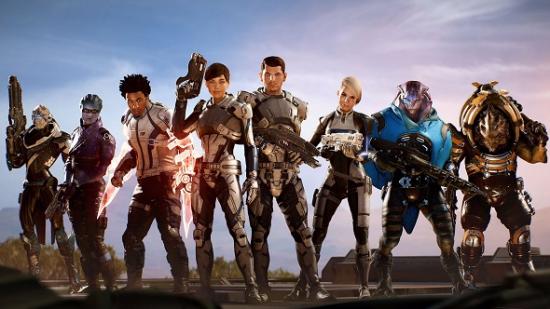More games are released each day in 2017 than anyone can make sense of, and the long-established status quo of digital distribution has allowed for a long tail economic model that lets very niche titles find their audiences. It is therefore harder to pick out characters as points of direct comparison to those of previous decades because, simply, there are a lot more of them.
That means a level of bias is inherent in the choices I am making with this year, even more so than in 1997 or 2007, although I stress that I am not trying to prove or disprove any particular point about character design – I just want to observe its evolution.
Miss the first two parts of this series? Come with us to look at the character designs of 1997.
With all that said, Mass Effect: Andromeda feels like a natural place to pick back up. Here, again, players are offered the choice between a fully-voiced male or female player-character, this time with better visual customisation options. But whereas the Shep you didn’t pick simply ceased to be in Mass Effect 1-3, here the other Ryder still has a part to play in Andromeda’s story. It is a thoughtful solution to the problem of devoting time and resources to a character half your audience will not play as – turn them into a deuteragonist. Skintight spacesuits are still in vogue this year for all genders, by the way, but the proportions of the bodies underneath are less fanciful than they might have been two decades ago.
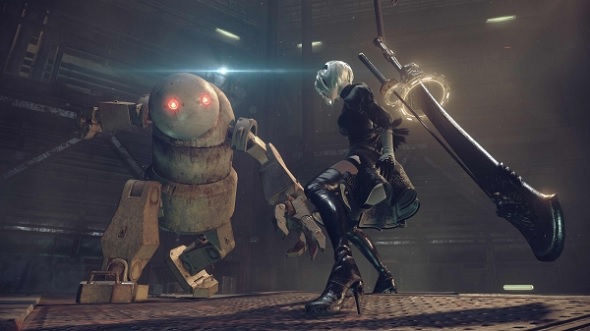
If it is more stylised physiques you are after, Nier: Automata should be the next game under the microscope. It is hard to pin down whether Platinum are being ironic about 2B and her comrades’ skimpy costumes and sexualised physiques: maybe it is a comment on the medium’s tendency for this kind of imagery, or maybe it demonstrates an earnest appreciation for what has now become a storied art style. 2B’s outfits call back 2000’s Heavy Metal: F.A.K.K. 2, in which a heroine in what amounted to bondage apparel dual-wielded uzis. The fact that Nier: Automata’s release sparked some conversation, if not any particular controversy, about 2B’s design, speaks of its anachronistic approach. She appears to be visiting the modern era from an old PS1 game, and wouldn’t you know it – she features prominently in the game’s marketing materials.
Morgan Yu is a different story altogether. Prey was fantastic at a great many things, but fleshing out its protagonist was not one of them. If you have not played it, chances are you will be more familiar with Morgan’s bloodshot eye than the rest of his or her face. Unfortunately, Morgan’s a great example of the awkward middle-ground gaming finds itself in when it comes to characterisation at the moment.
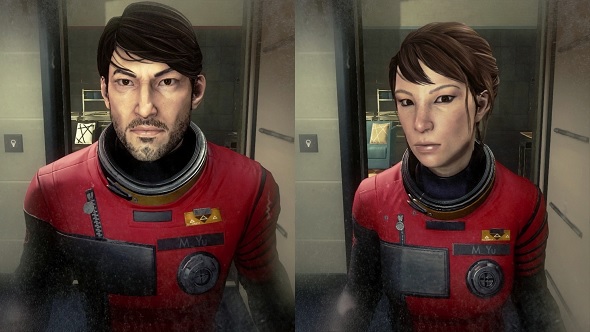
In the early days of gaming, characters were literally collections of a few dozen pixels, animated on a 2D plane. As the technological ceiling increased, those initial designs simply had more detail added to them, whether in their visual design, or in animations, voice, or AI routines. As these new levels of complexity were added over the top of ancient characters, their essential design remained intact: a recognisable colour scheme and silhouette. And, for years, it was impressive enough that a character had a recognisable voice, or way of moving.
But as our eyes got used to 3D graphics and the increasing fidelity levels thereof, things changed. Games started to ape cinema more than they had previously, and cinema is predominantly about characters. But how do you create a strong personality for a character who has almost no lines, and whose behaviour is almost entirely dictated by the player? That is Morgan Yu’s problem. Morgan is a blank slate in a rich and detailed story that doesn’t really work with blank slate characters anymore – the boat sailed, and it took GTA III’s Claude and Half-Life’s Gordon Freeman with it.
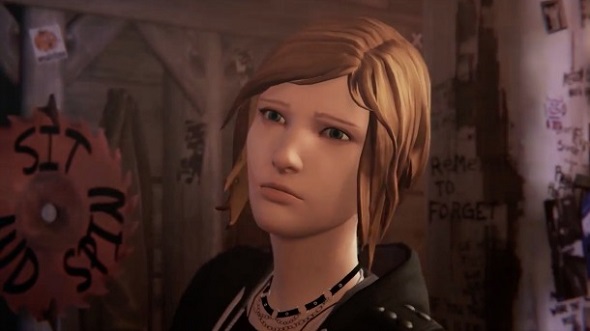
Other developers who have embraced a cinematic style more literally have found greater success with their characters in 2017. Life is Strange’s Chloe Price returns this year in Before The Storm, and does a lot to distinguish herself from the crowd. Recognisable silhouette? Check, thanks to hoodies and ripped skinny jeans. Defined colour scheme? Developers Dontnod shy away from the blue hair dye this time, but it had already etched a visual memory in the last game. Perhaps the most interesting thing about Chloe is that, although she represents diversity in terms of sexual orientation, she does not have that side of her life even close to figured out. Previously, if characters were non-white, non-straight, or non-bungalow-sized white soldier blokes, that difference became their defining characteristic. Chloe just happens to be a non-straight girl who often has bigger fish to fry than worrying about getting lucky.
And speaking of those bungalow-sized blokes, they are still present and correct in Shadow of War’s Talion and Wolfenstein II: The New Colossus’s B.J., among others. What is interesting about BJ in particular is that MachineGames go to such pains to rationalise the existence of such a man. Someone capable of killing hundreds – perhaps thousands – of Nazi troops without succumbing to the trauma of what he has seen. That suggests some developers now care more about the characters at the centre of their games than they used to, and that at least half a whiff of plausibility is required for a narrative to be considered effective. That is especially difficult to achieve when working with one of the oldest faces in the business, someone who used to be able to just get on with the murder in Castle Wolfenstein without anyone asking too many questions about his motivations.
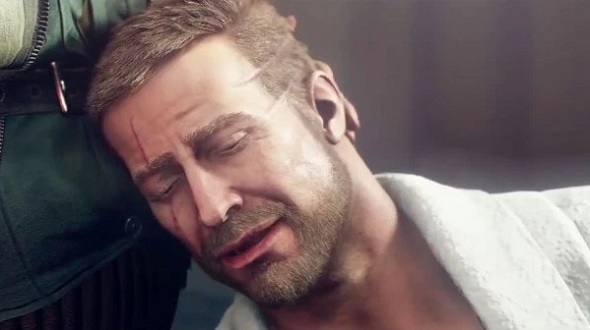
In 20 years, the medium has come an unfathomably long way in terms of mechanical complexity and unnervingly believable visuals. Character design, though, seems to have travelled at a slower pace, perhaps stunted by the industry’s shift towards franchise-building. The rationale behind trotting out sequels is that at least some of the original audience will return, and canny series producers use familiar faces to ensure that. In a way, it is similar to Hollywood studios brandishing A-list actors as a means of guaranteeing a global audience, but in the latter case those A-listers are human beings with lawyers who sign off on their depictions. Game characters are much more malleable. No one thing about them is their essential and unchangeable self, which means they can be iterated on in the hopes of resonating with a broader audience limitless times. In that sense, it is almost surprising that veterans like Lara Croft and B.J. Blazkowicz are even recognisable at all.
What also seems to be slowing down the march towards more humanised characters, and narrowing the spectrum of diversity they show, is that archaic game characters have become their own art style – and it is a fashionable one. Overwatch’s entire roster is testament to that: for all its admirable diversity, it remains a collection of ‘90s fighting game tropes and exaggerated physiques traced around the outlines of Akira cast members. They are game characters to the nth degree, not particularly trying to create empathy, but instead hoping to elicit fanboyism with the list of references each character model exhibits.
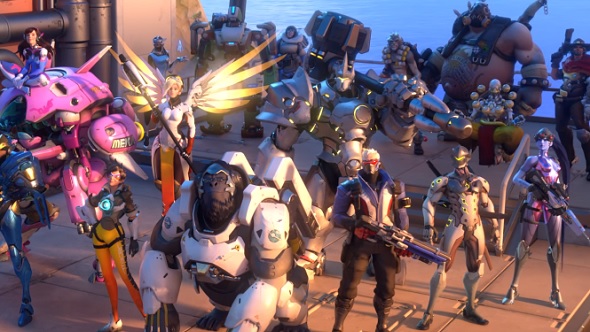
Based on what the last 20 years has done with its game characters, we can reasonably expect the games of 2037 to offer eerily performance-captured human beings that seem to establish a proper relationship with us while we play. But it also seems likely that there will be characters who would not look out of place in Overwatch, or on the cover of a ‘90s game box, either. Gaming is becoming its own reference point – whether creators broaden the limits of that introspection or become too self-referential is the big unknown.
Make sure you read part one of this series – in which we examine the games of 1997 – and the second part, which puts the character design of 2007 under our microscope.
